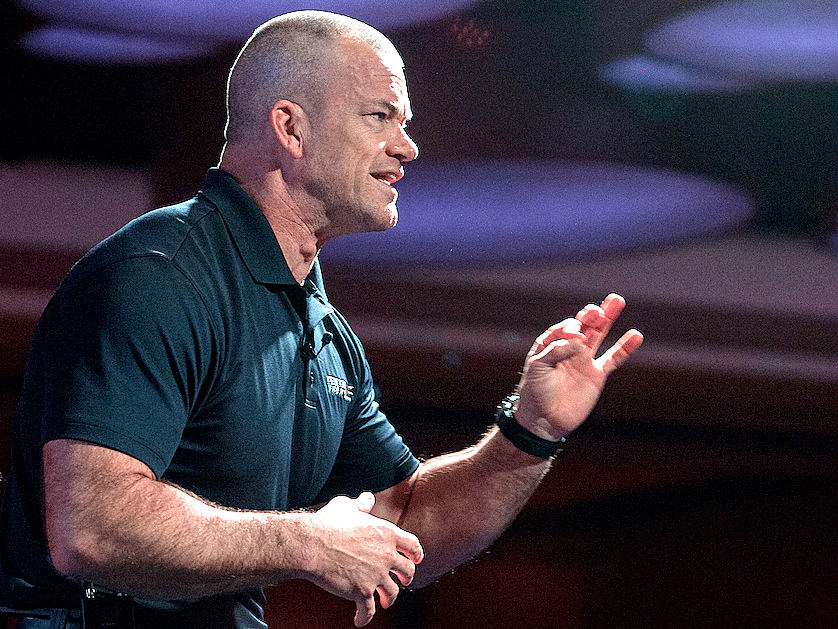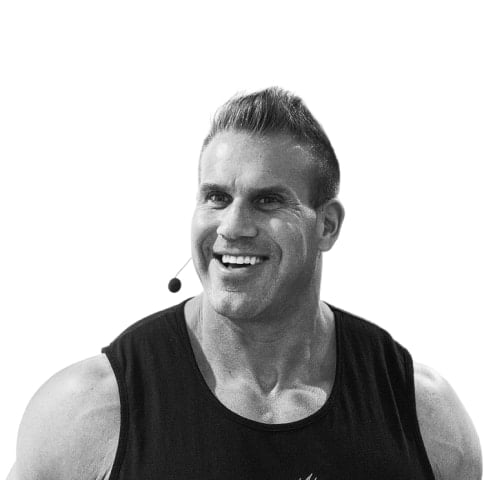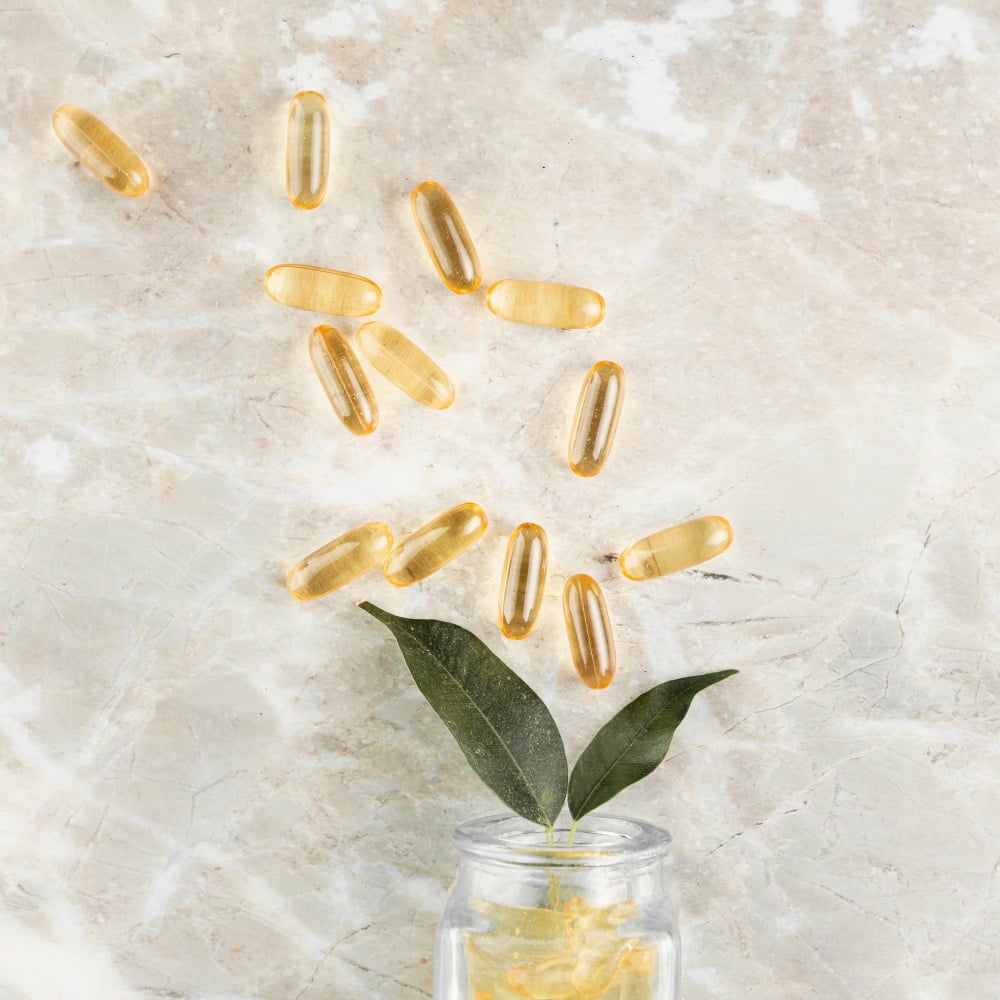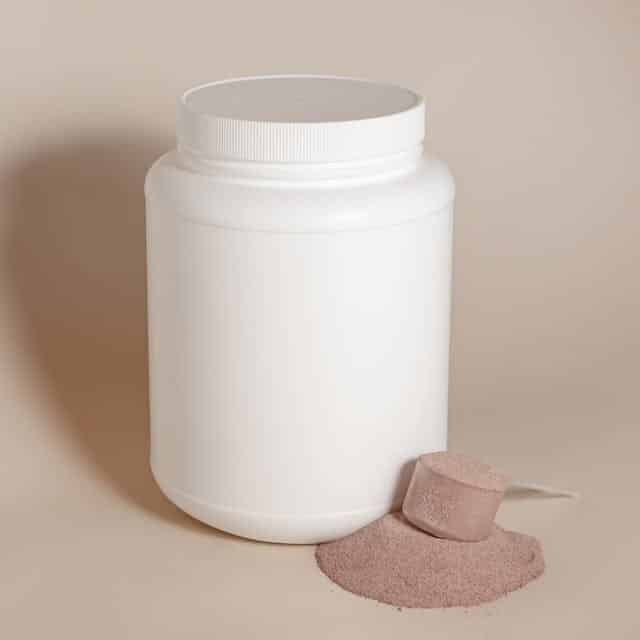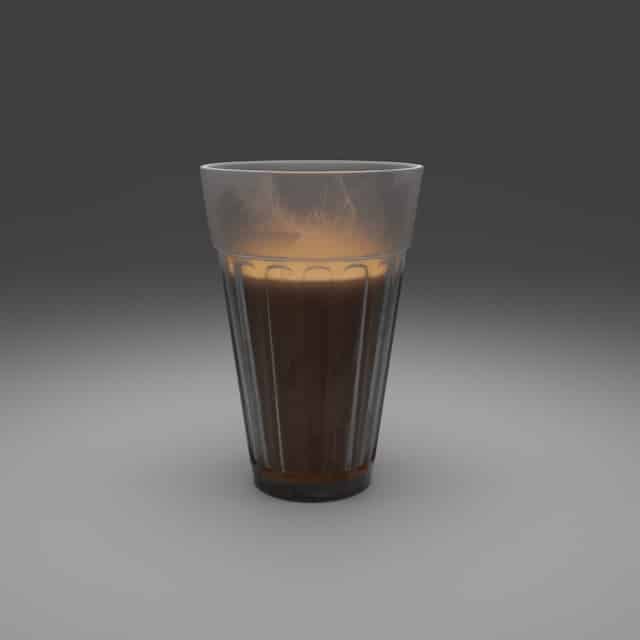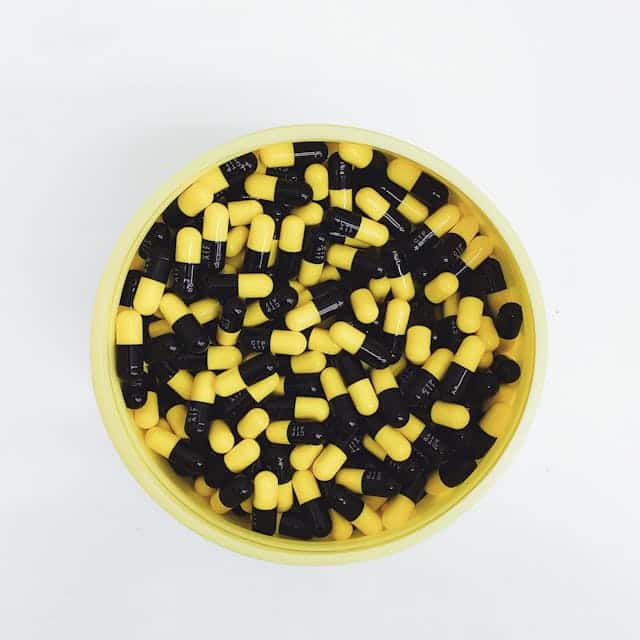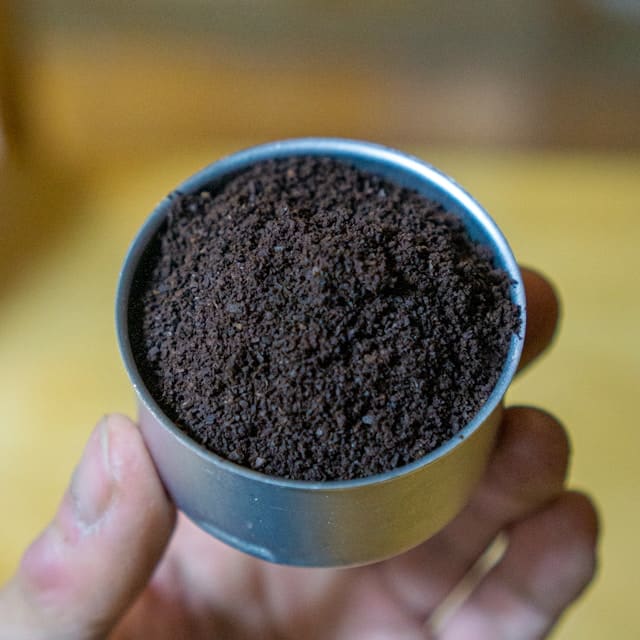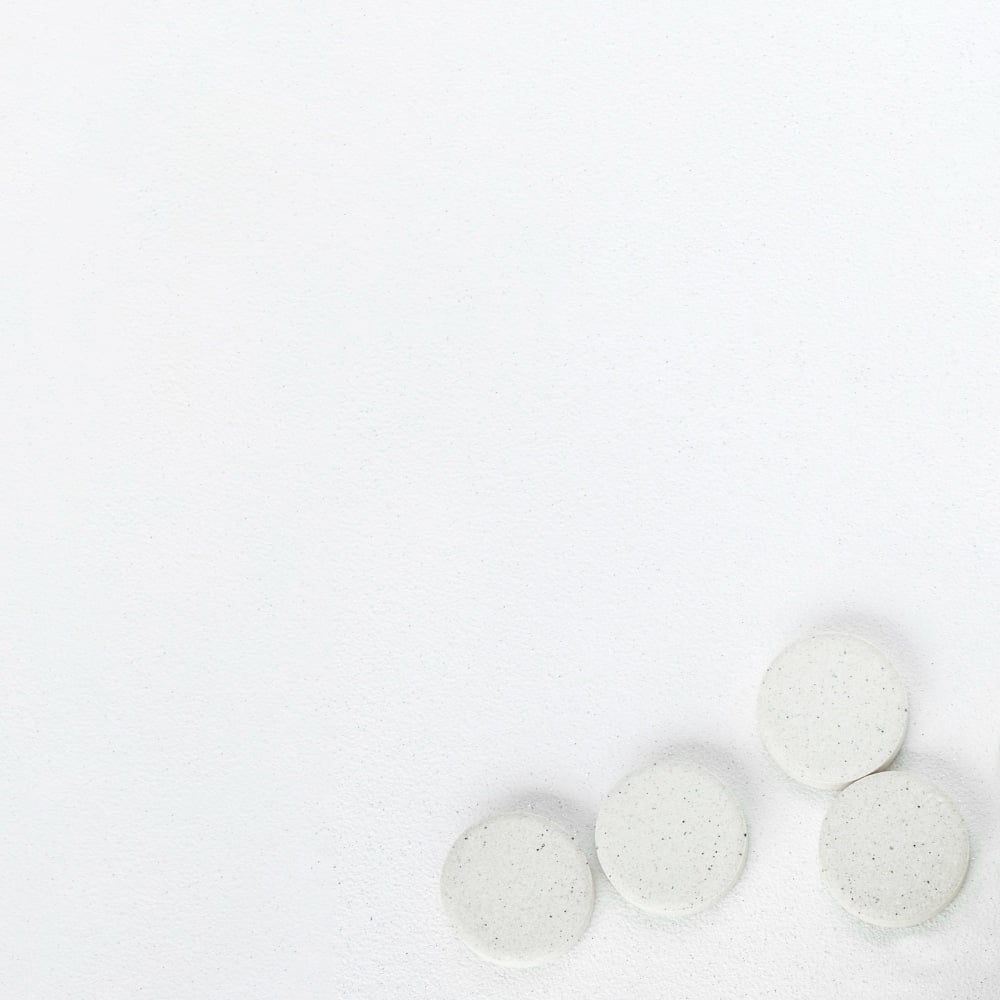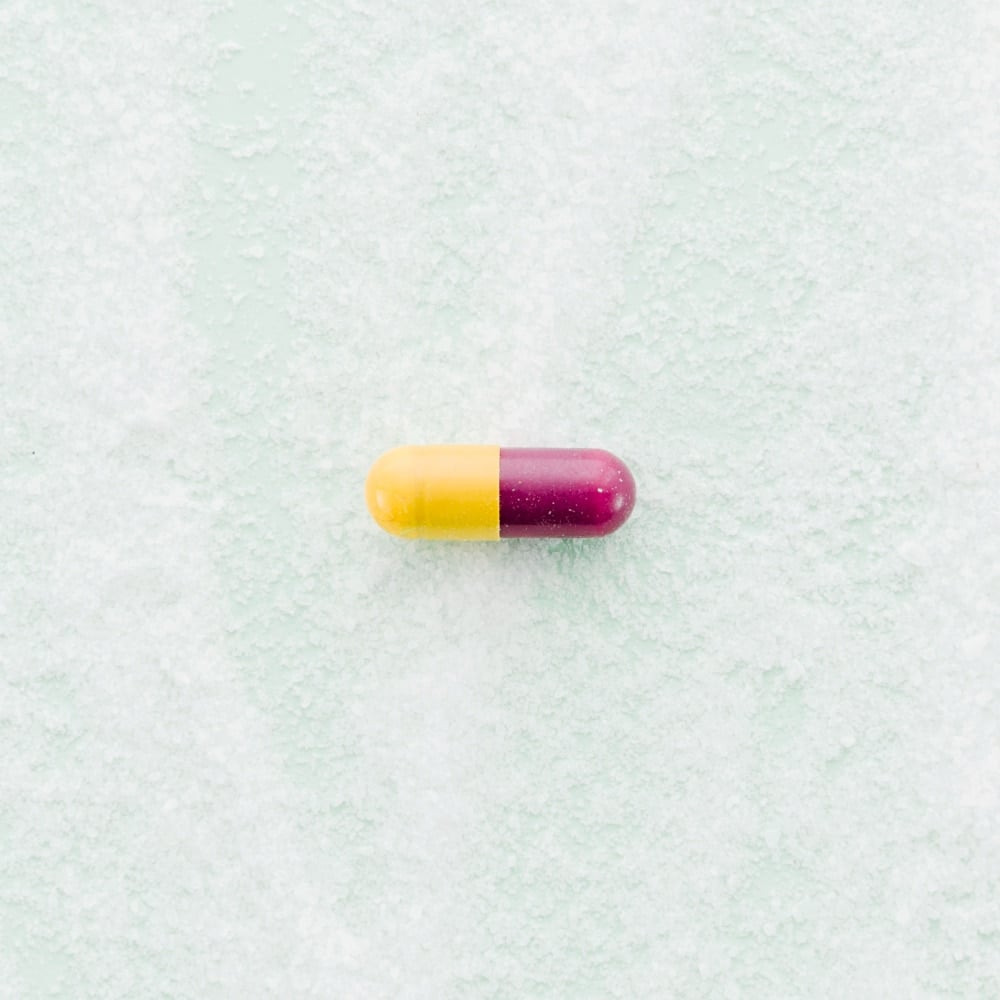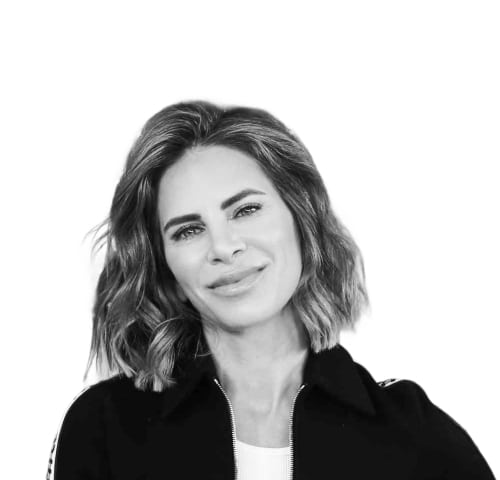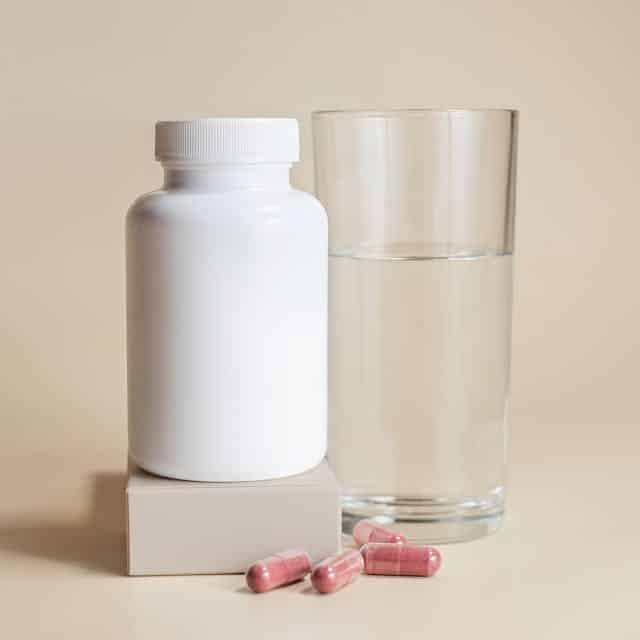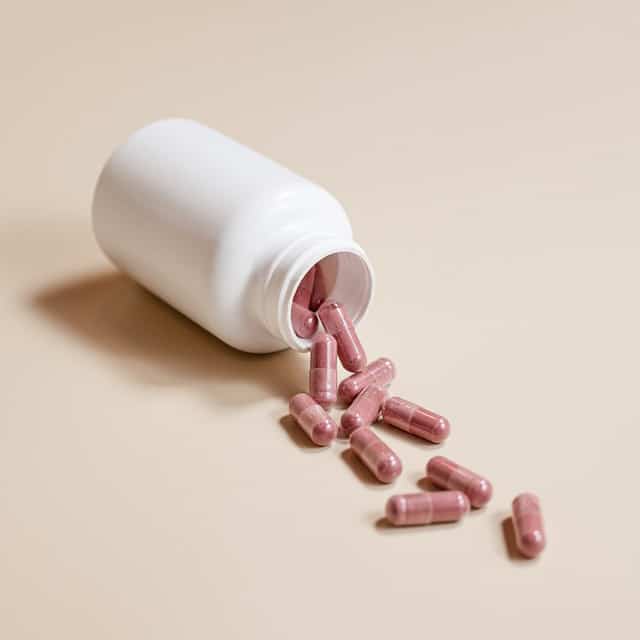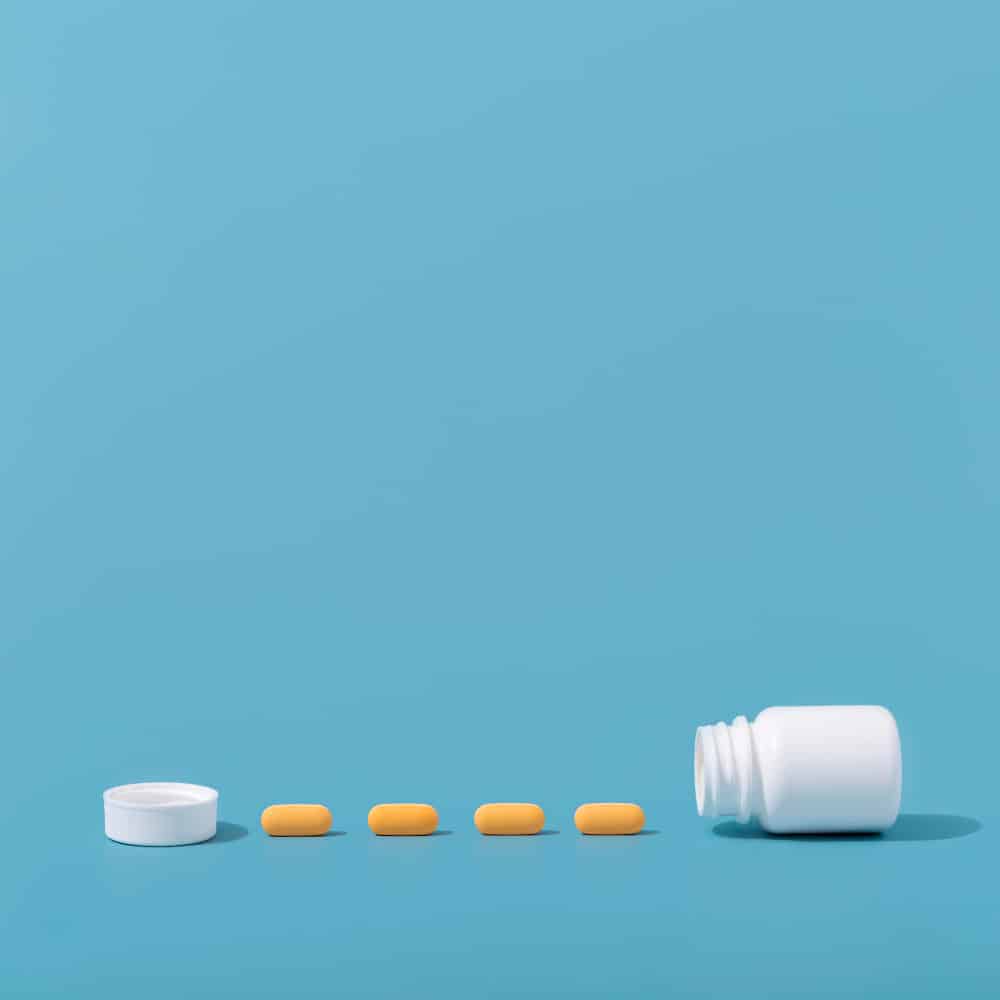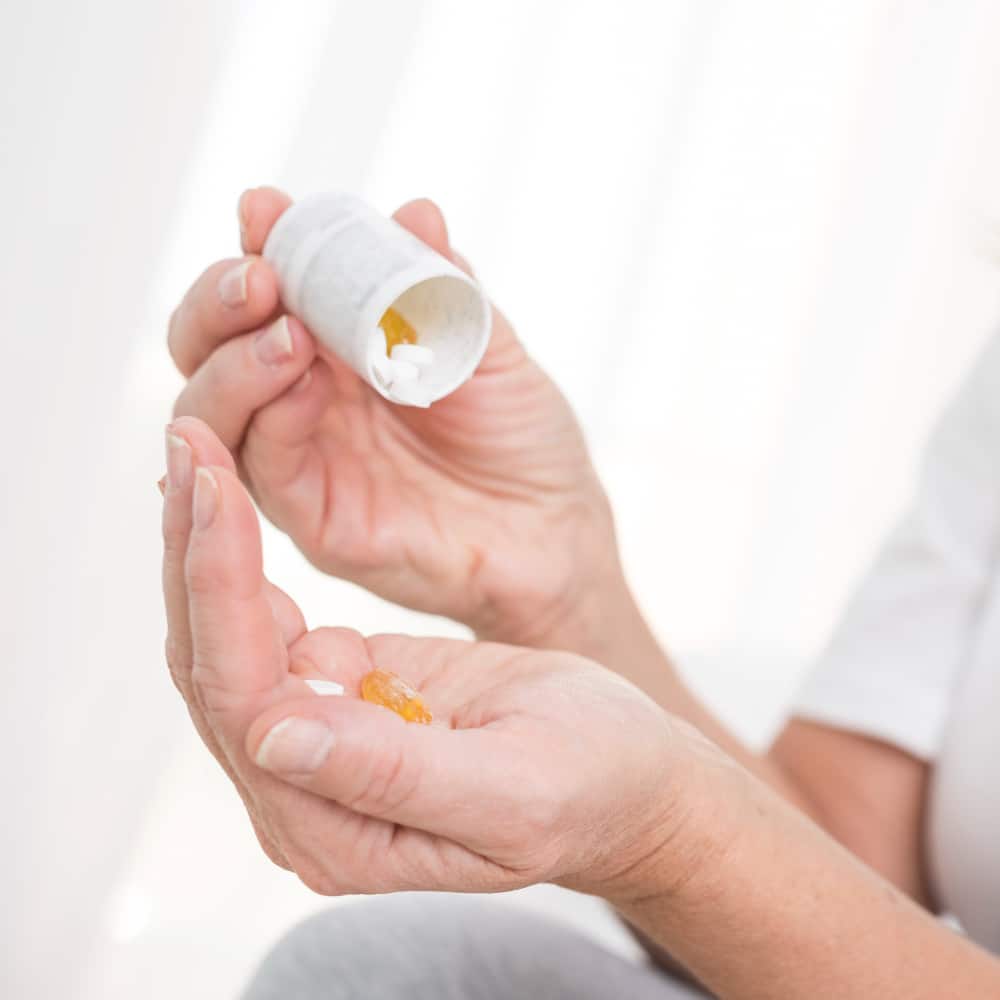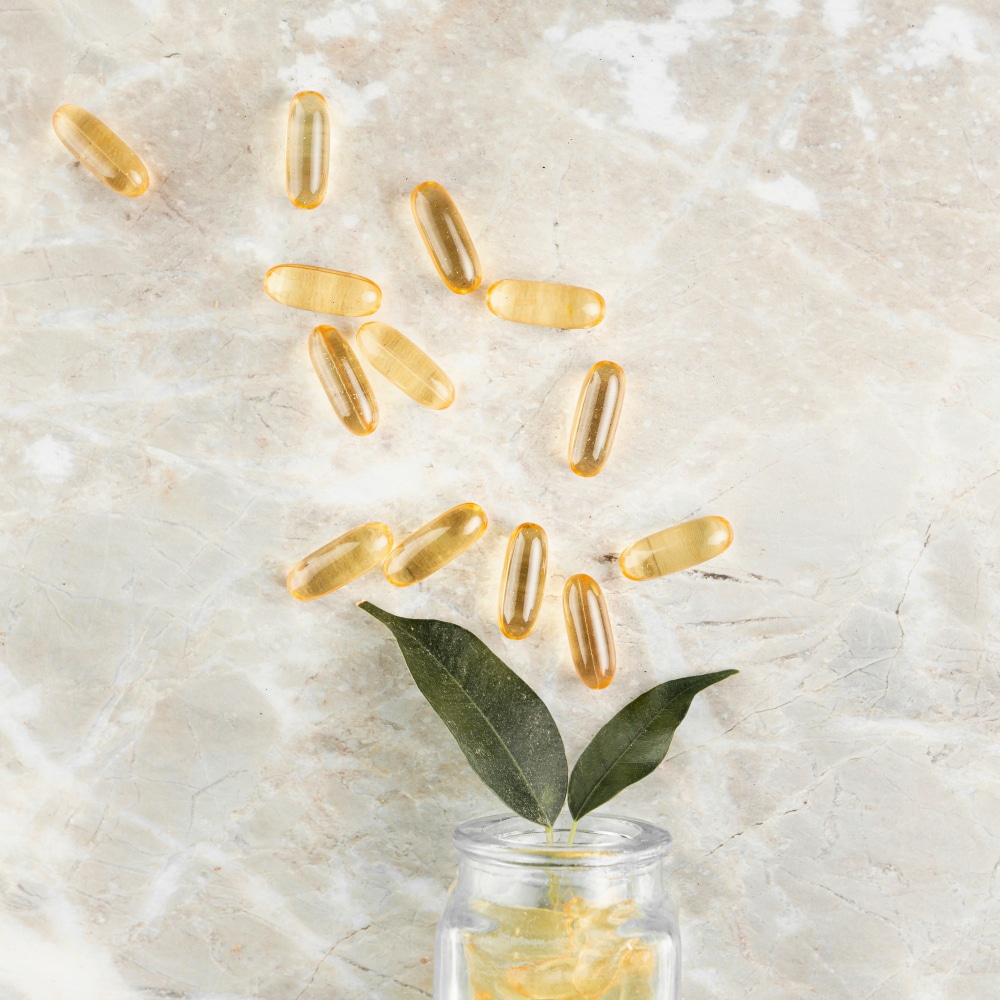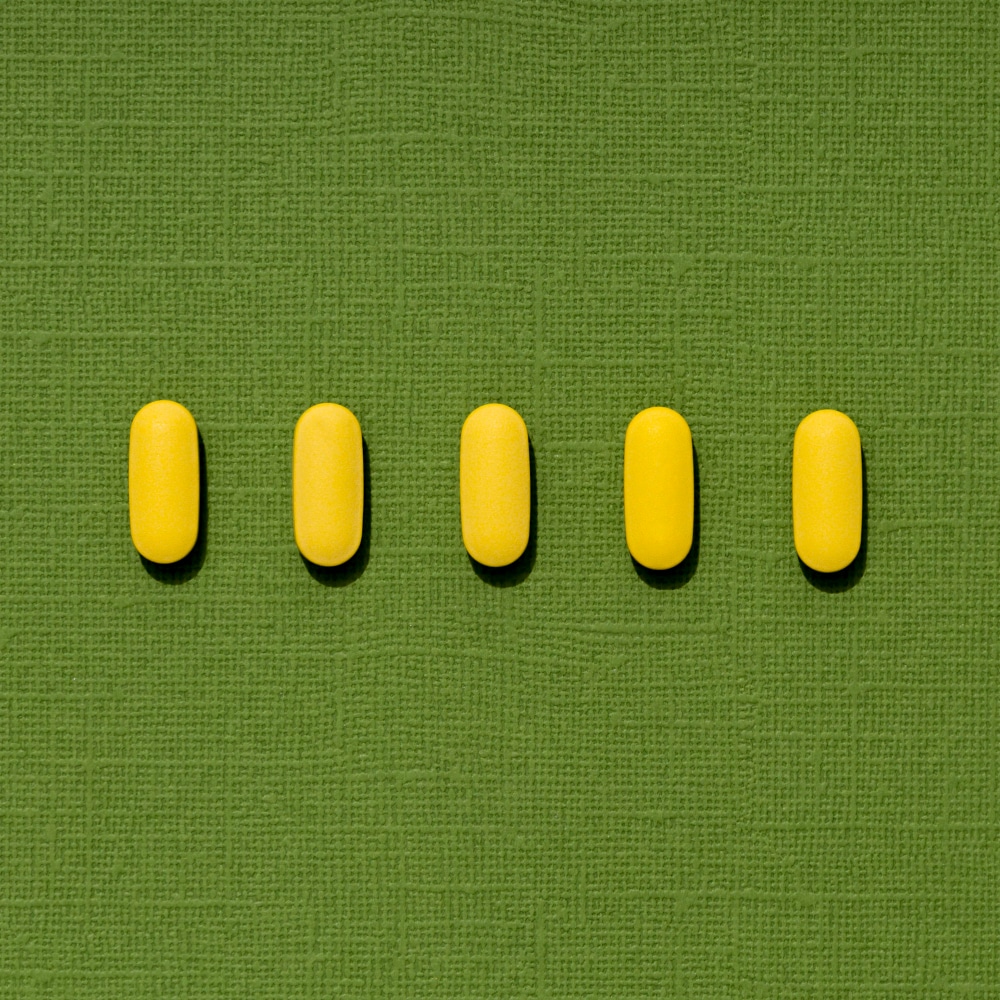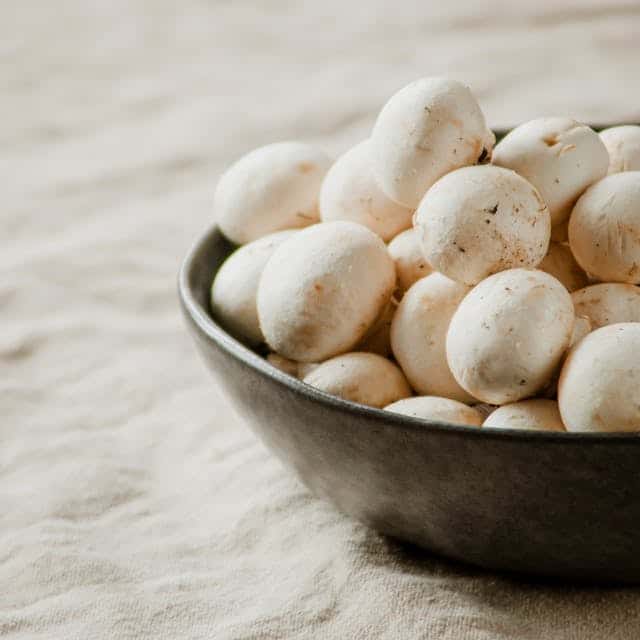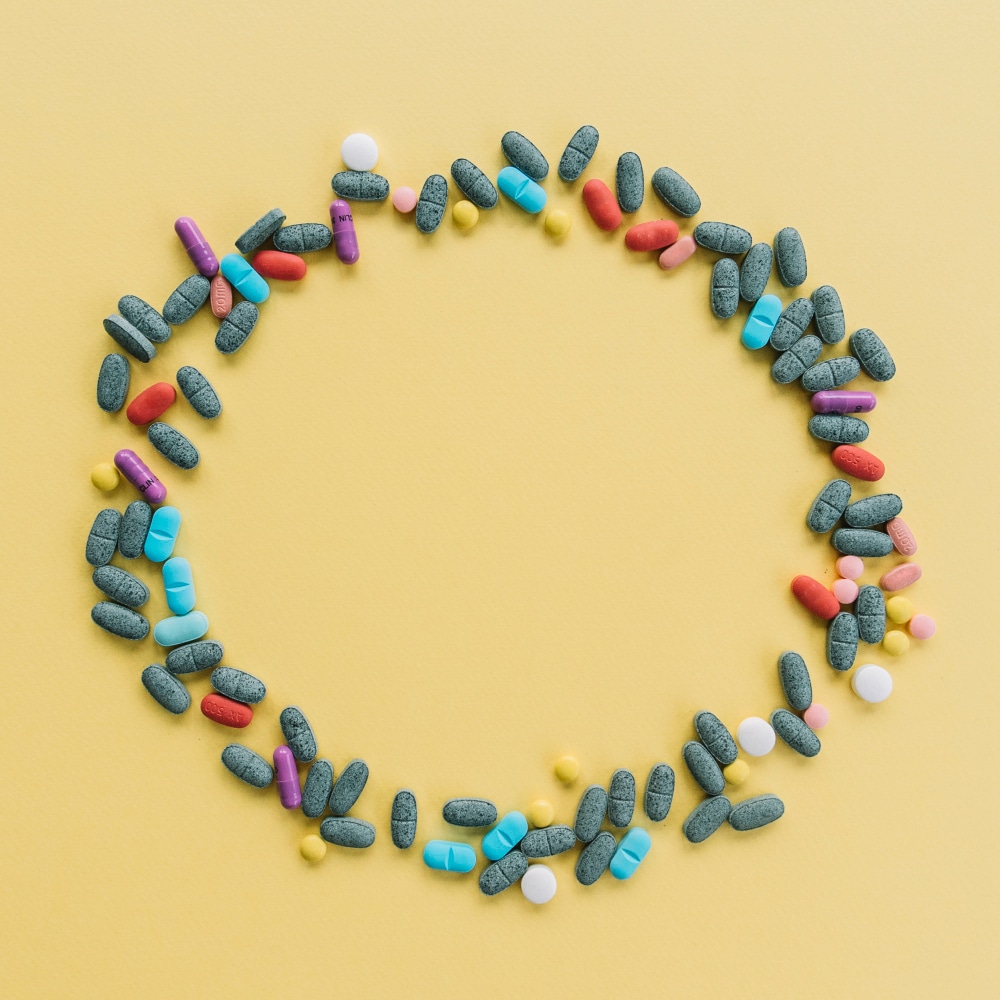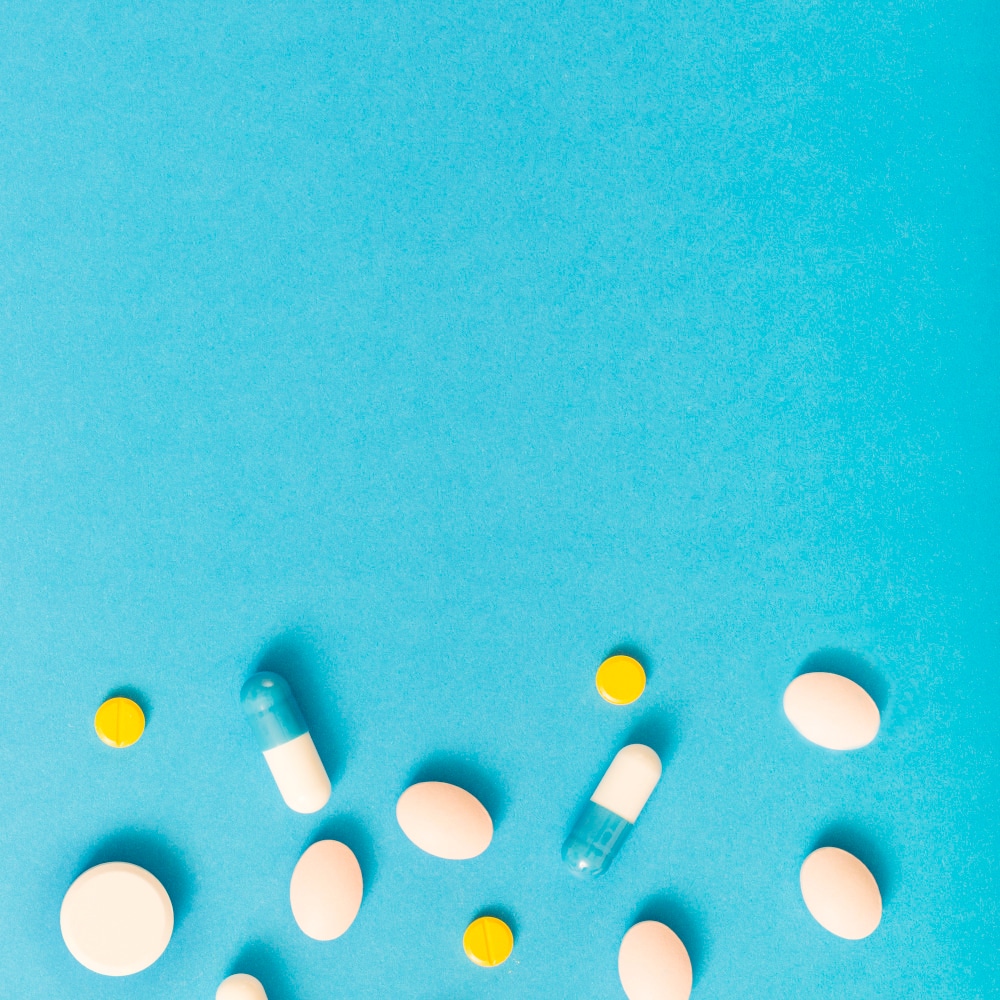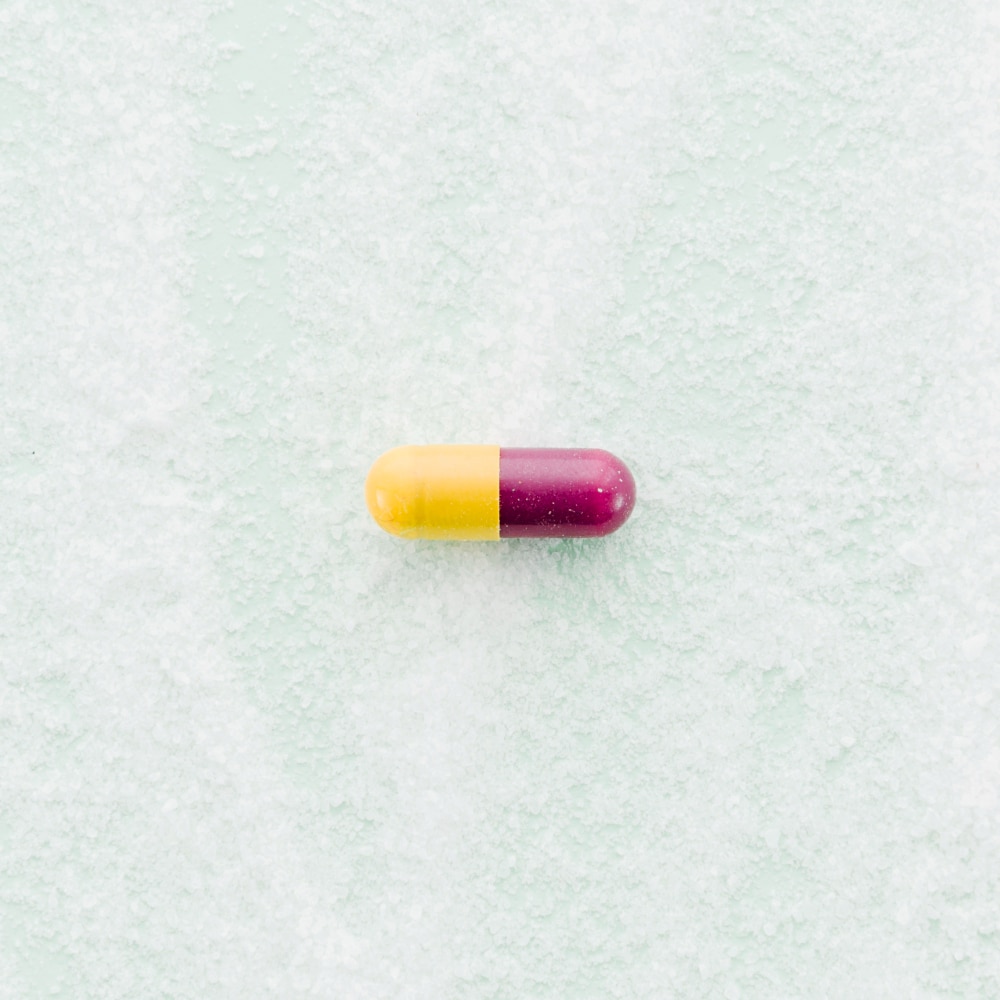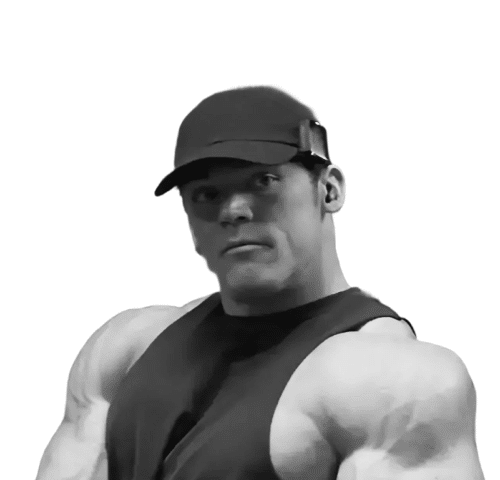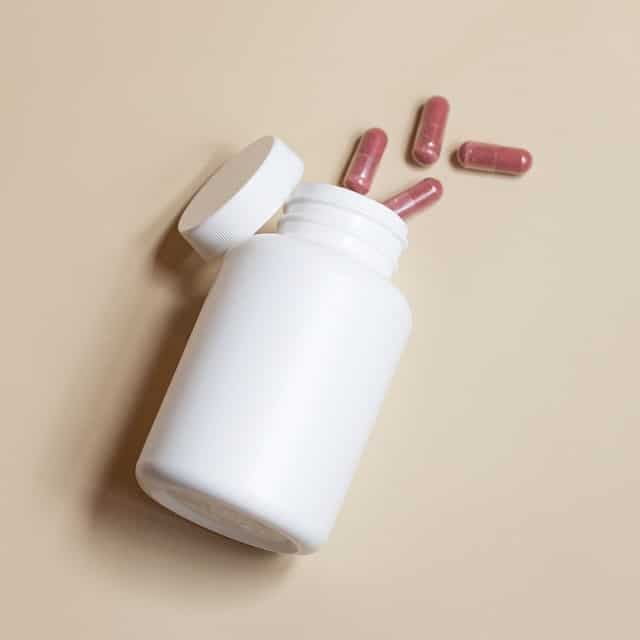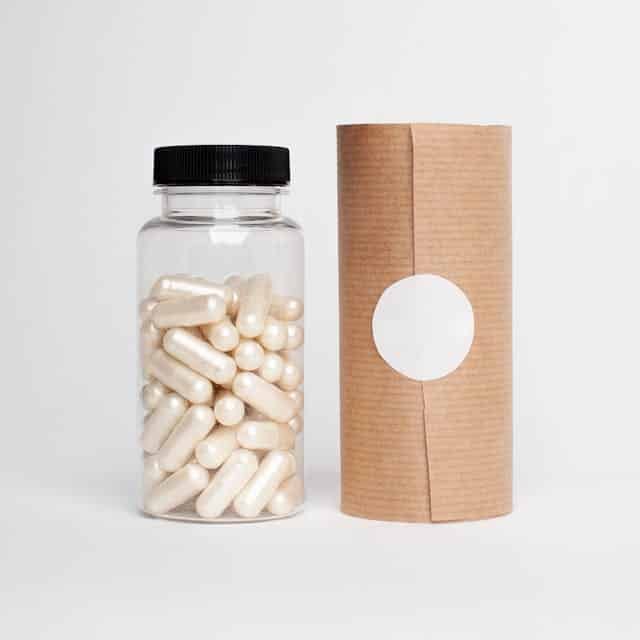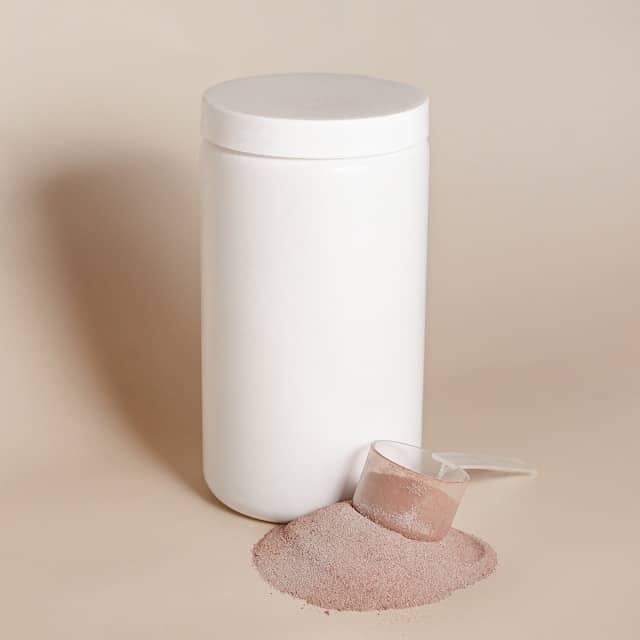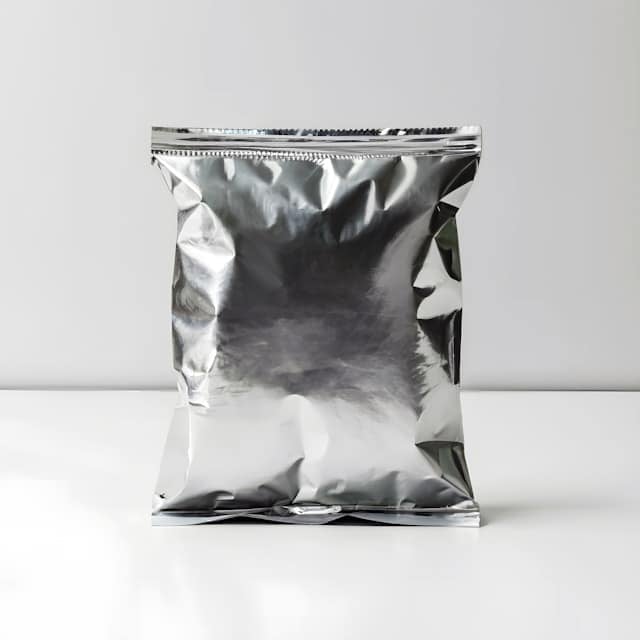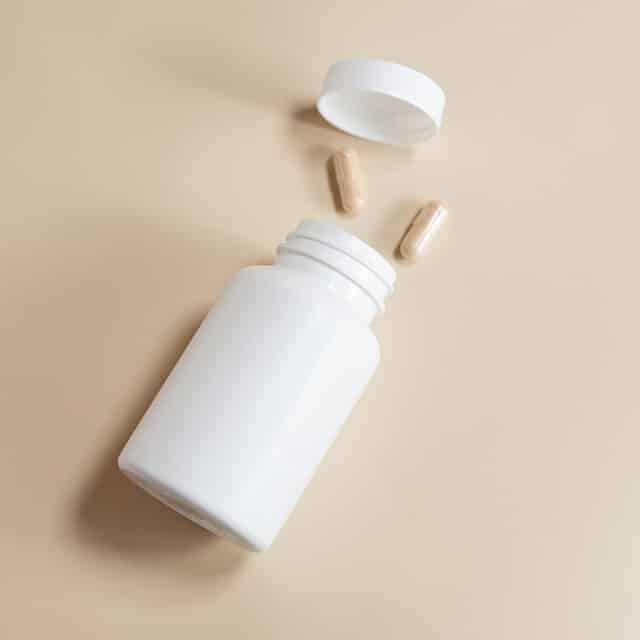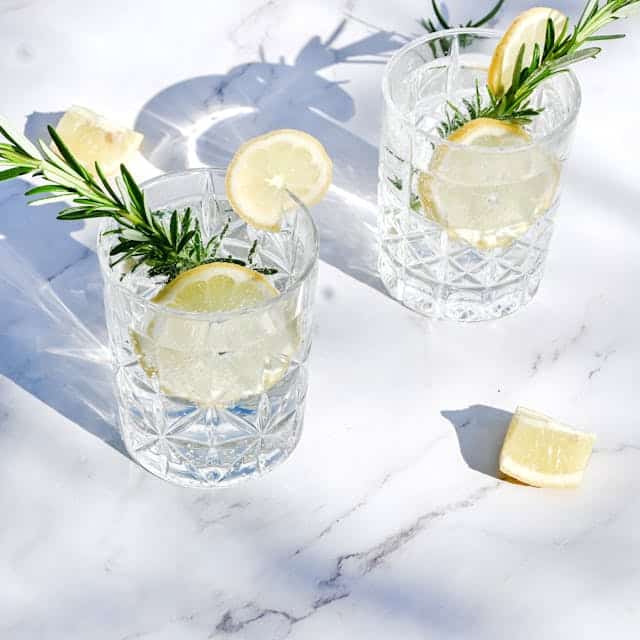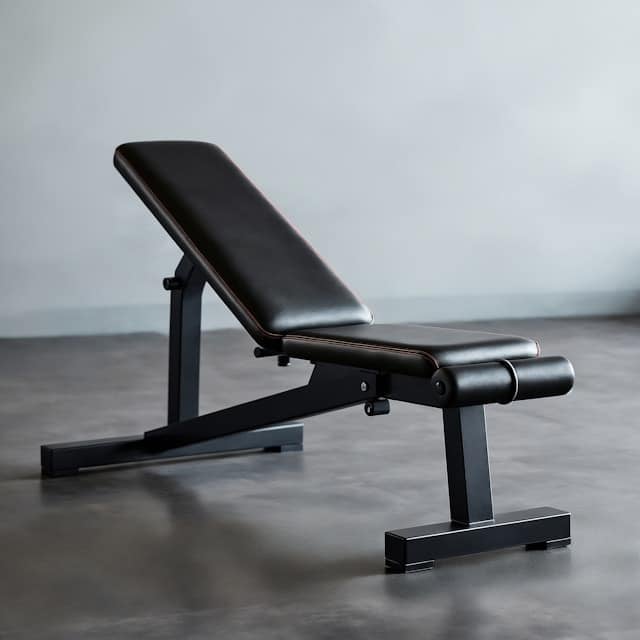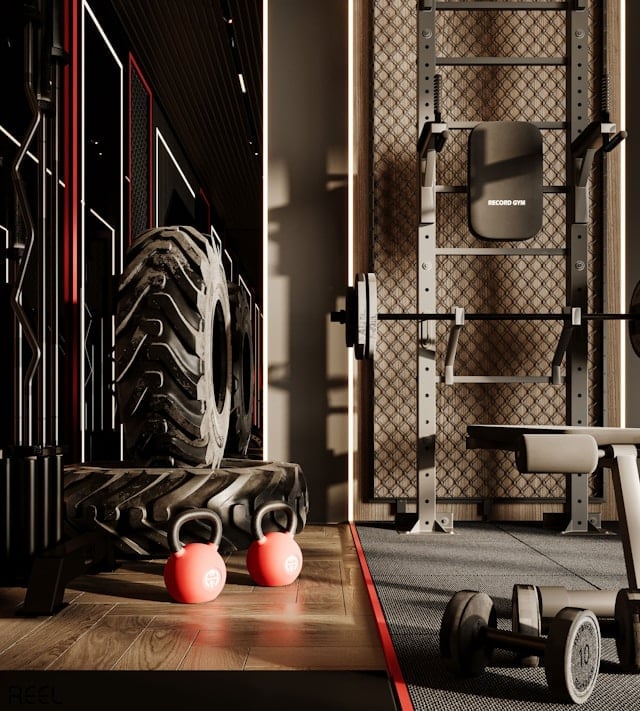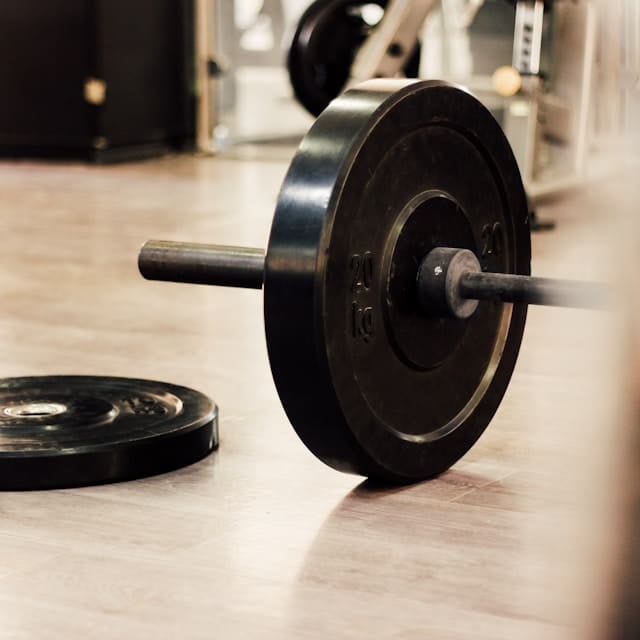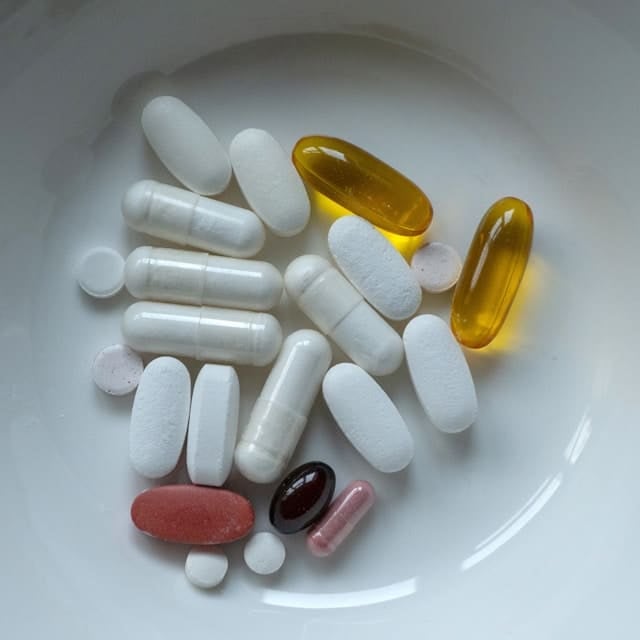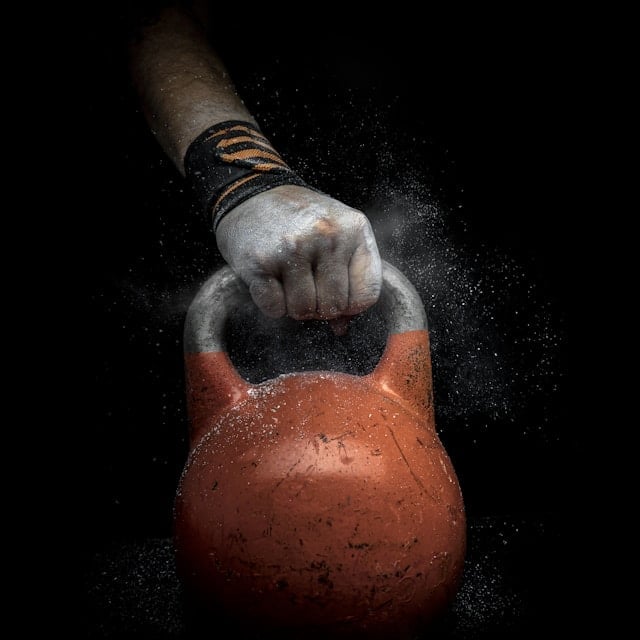Top 4 Best Berberine Supplements for Weight Loss
Berberine is a natural compound found in several plants and has gained popularity for its potential benefits related to metabolism and blood sugar regulation. Many people use berberine supplements as part of their weight management efforts due to its ability to improve insulin sensitivity and support fat metabolism.
Choosing the right berberine supplement requires attention to several factors, including the dosage, purity, and any additional ingredients that might enhance absorption. The supplement’s source and manufacturing standards also play a role in ensuring quality and safety.
We focused on these critical elements while evaluating various berberine supplements to find those that provide effective support for weight loss without unnecessary additives or questionable quality. We spent time researching and comparing dozens of options to identify the best berberine supplements for weight loss.
- Last Updated: June 30, 2025
-
-
Best Berberine Supplements for Weight Loss
- Luma Berberine 1200 mg – Shop now
- Nutricost Berberine HCl 1200 mg – Shop now
- Sunergetic Berberine – Shop now
- Nutricost Berberine HCl + Ceylon Cinnamon – Shop now
We have researched and tested a variety of berberine supplements to help support weight loss goals. Our list highlights options that combine quality ingredients, effective dosages, and positive user feedback. This will help you find a product that fits your needs.
- Luma Berberine 1200 mg – Shop now
-
Luma Berberine 1200mg
We recommend Luma Berberine 1200mg for anyone seeking a potent, well-absorbed berberine supplement that supports blood sugar control and overall wellness.
Pros
- High strength dose delivers effective blood sugar support
- Made in the USA with clean, vegan-friendly ingredients
- Enhanced absorption formula for better nutrient uptake
Cons
- Capsules have an unpleasant taste if opened
- Some may find it too strong initially
- Benefits like weight loss may take consistent use over time
This product stood out for its powerful 1200mg dose per serving, which felt more impactful than lower potency options we’ve tried. We noticed improved energy and steady blood sugar control without dramatic side effects, making it suitable for daily use.
Luma Nutrition’s focus on purity and quality is clear. The absence of fillers and allergens gives us confidence in what we’re putting into our bodies. The capsules are easy to swallow, though the taste is not pleasant if broken.
Consistency is key here. While the supplement helps with cravings and overall metabolism, noticeable weight loss likely depends on a broader lifestyle approach over weeks. Still, for anyone targeting blood glucose support with a clean formula, this is a solid choice.
-
Nutricost Berberine HCl 1200mg
This supplement delivers a strong dose of berberine that we found effective for supporting weight management and blood sugar control.
Pros
- High 1200mg berberine dose per capsule
- Vegetarian-friendly and gluten-free
- Independently tested for quality assurance
Cons
- Some users may experience digestive discomfort
- Results require consistent use alongside diet and exercise
- Capsules could be easier to swallow
We noticed the potency right away with Nutricost’s Berberine HCl. Taking one capsule twice daily helped us feel more steady energy levels and less appetite fluctuation. It’s clear that this supplement is designed with quality in mind, backed by third-party testing.
The vegetarian capsules made it easy to incorporate into our routine. However, a few times we experienced minor stomach issues, which seemed to settle after a short period. It’s important to pair this with a balanced diet and activity for the best results.
Overall, Nutricost offers a reliable berberine product at a fair price. If you want a straightforward option to support blood sugar and weight goals, this is worth considering.
-
Sunergetic Berberine
We recommend Sunergetic Berberine for those wanting a strong dose in just two easy-to-swallow capsules daily.
Pros
- High 600mg dose per capsule reduces pill count
- Vegetarian and non-GMO formula
- Manufactured in a GMP-certified facility for quality assurance
Cons
- May be pricier than some alternatives
- Capsules might cause mild stomach discomfort for sensitive users
- Limited flavor or formulation variety
We noticed the 600mg strength per capsule is convenient, sparing us from taking multiple pills several times a day. It’s clear the brand prioritized quality by sourcing Berberis Aristata and ensuring the product is free from common allergens.
The capsules were easy to swallow and fit nicely into daily routines. After a few weeks, we saw the appeal in how Sunergetic balances a potent dose with a clean, vegetarian option that avoids unnecessary fillers.
However, some might find the price a bit higher than other brands, and a few days in, we experienced slight stomach sensitivity, so starting with a lower dose could help. Overall, it’s a solid choice for those serious about berberine supplementation.
-
Nutricost Berberine HCl with Ceylon Cinnamon
This supplement is a solid choice for those wanting a potent berberine dose combined with cinnamon to support appetite control and metabolic health.
Pros
- Combines berberine with Ceylon cinnamon for complementary effects
- Generous 120-capsule supply supports extended use
- Manufactured and tested under strict quality controls
Cons
- Some users may experience stomach discomfort
- The capsule size can be large for sensitive users
- Not suitable for those with cinnamon allergies
We found the mix of berberine and Ceylon cinnamon to be helpful in managing food cravings and maintaining stable blood sugar throughout the day. The dosage felt strong enough to notice effects without needing multiple pills.
Taking just one capsule daily fits easily into any routine, and the large bottle means you won’t have to reorder often. Quality testing and GMP certification give added peace of mind about what’s inside each capsule.
On the downside, a few of us noticed mild stomach upset initially, which tapered off when taken with meals. The capsules are also a bit bulky, so swallowing might be challenging for some. Overall, it performed reliably without unwanted flavors or smells.
-
Buying Guide
When choosing a berberine supplement for weight loss, we need to focus on purity and dosage. The most common effective dose ranges between 500 mg to 1500 mg daily, usually split into two or three doses. Checking the label for standardized berberine content ensures we get the proper amount of active ingredients.
We should also consider the formulation. Some supplements combine berberine with other ingredients like cinnamon or milk thistle, which may support metabolism but can also affect tolerance or allergies. Always review the ingredient list for any substances we want to avoid.
Third-party testing and certifications provide an extra layer of confidence. Look for seals from independent labs verifying purity and absence of contaminants. This reduces the risk of low-quality fillers or toxins.
The following table outlines key features to evaluate:
Feature Why It Matters What To Look For Dosage Effective weight management 500-1500 mg per day, divided doses Purity Ensures active berberine content Standardized extract or labeled amount Additional Ingredients Support or contraindications Simple formulations or known safe additives Third-party Testing Quality assurance Verified by independent laboratories We also recommend considering capsule vs. tablet form based on personal preference and ease of ingestion. Checking for any allergen warnings is important if we have sensitivities.
Price can reflect quality but isn’t the only factor. Balancing cost with verified quality and formulation suits our health goals better.
-










